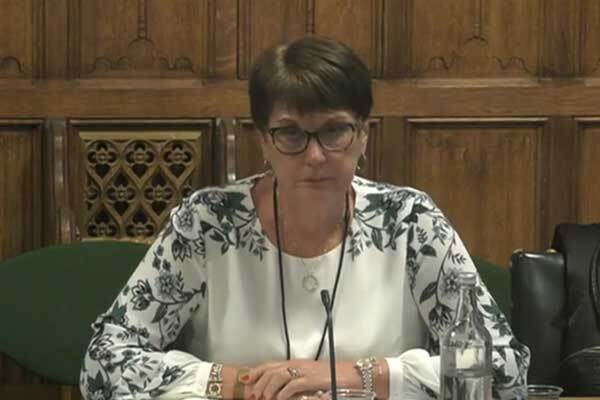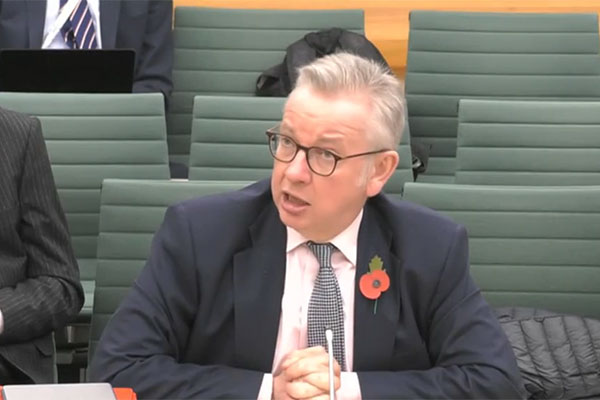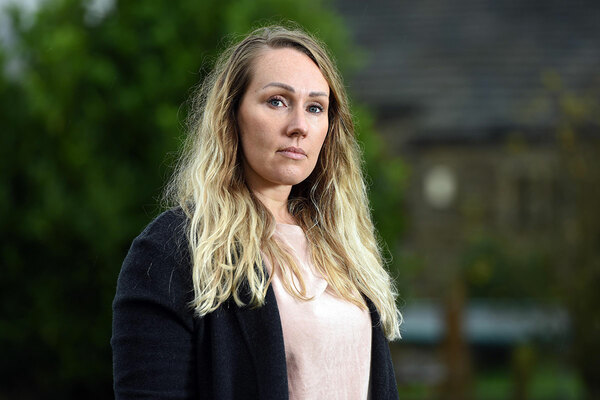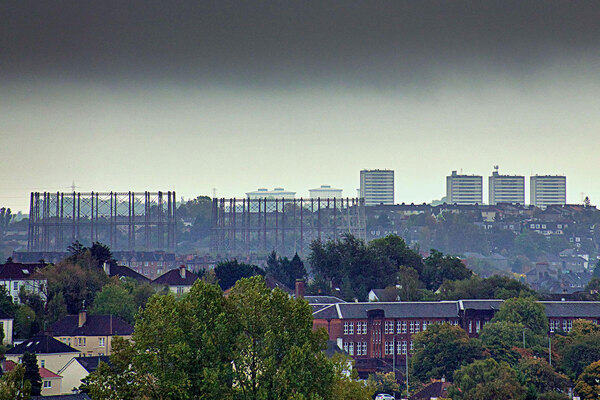EWS crisis caused by ‘overreaction’ to government advice, say top advisors
The external wall system (EWS) crisis that has stalled the sale of thousands of flats, trapping hundreds of thousands of leaseholders in their homes, was the result of an “overreaction” to government advice, two of its leading fire safety advisors have said.

Speaking to MPs in parliament yesterday Dame Judith Hackitt and Sir Ken Knight, both key advisors in the government’s post-Grenfell response, laid the blame for the EWS crisis at the door of banks and surveyors and not the controversial advice that triggered the issue.
In December 2019, the Royal Institution of Chartered Surveyors (RICS) created the EWS1 form as a solution to the problems created by previous government advice, named Advice Note 14, which had put the brakes on the sale of thousands of flats.
The process requires a qualified professional to check the external wall of a building and decide whether the building has a clean bill of health and banks can provide mortgages, or whether flammable materials are present and require remediation.
However, less than a month after the EWS1 form was launched, the government brought out its Consolidated Advice Note (CAN) to replace Advice Note 14. This new advice stated that all buildings, not just those over 18 metres tall, should be checked and remediated.
This increased the number of buildings in scope from about 10,000 buildings to 100,000, and has resulted in hundreds of thousands of residents being unable to sell their homes without a clean EWS1 form.
However, while giving evidence to the Housing, Communities and Local Government Select Committee yesterday, Dame Judith said that the problems caused by the publication of the CAN were created because it had been misinterpreted by the surveyors and banks involved in home sales.
Dame Judith, who authored the government’s Independent Review of Building Regulations and Fire Safety after Grenfell, said: “What we have experienced in the intervening time is that we have seen how people have reacted to the initial guidance.”
The advisor, who is now part of the board overseeing the new Building Safety Regulator, added: “I think there was an overreaction.
“There has been a level of risk aversion, and we know there is a difference between risk and hazard of risk aversion, and there has been a significant degree of risk aversion, which was not anticipated when it was first published.”
Sir Ken, a former firefighter and head of the government’s expert panel on fire safety, supported this view, claiming that the advice note was never intended to be the “binary advice that it has been taken for”, and that it should have been taken as risk-based advice for a competent person to assess.
Sir Ken, who led the panel that produced the CAN, said: “Disappointingly we have seen it being applied in a very binary way of risk or no risk, and that is just not right.
He added that there had been an “over-assumption of risk” by those using CAN and said that he hopes the new advice would remove some of the buildings that were “blighted by a perception of risk”.
In July, the government published research carried out by Sir Ken, Dame Judith and former senior firefighters Ron Dobson and Roy Wilsher, which concluded that dwelling fires were at an all-time low and the approach to cladding risk needed to change.
Off the back of this, the experts came up with a series of recommendations, including calls for EWS1 forms not to be required on buildings below 18 metres tall. This was supported by the housing secretary at the time, Robert Jenrick, who called on all banks to stop requesting forms for these buildings.
Reflecting on this work, both experts repeatedly stated that this research was about trying to reset the balance around proportionate approach to risk.
Dame Judith said: “What we have tried to say in the July advice is, first of all risk of a fire happening is very low, even now, and even with all we know about buildings.
“We need to start from that position, and then look at how do we ensure a level of safety that people feel reassured by, and avoid excessive costs being placed on them and excessive concerns that a building is less safe than it really is?”
Following the announcement in July, banks and RICS said that they would only change their approach to EWS1 forms if the CAN was removed. This has yet to be done, but two weeks ago the new housing secretary Michael Gove promised to remove it before Christmas.
As part of the new Fire Safety Bill, there will now be a requirement for a building’s owner to ensure that the safety of the building’s external wall system is checked during a fire risk assessment.
Sir Ken indicated that he expects this new approach to replace the EWS1 system when the bill comes into force and that it could result in a more proportionate approach to cladding risk.
He said: “The enactment of the Fire Safety Act is important because it includes the external wall assessment in the [fire risk assessment].”
“The effect of that is, that needs to be done once, not by every occupier, and that is for every resident to have, and my hope is that will overtake the EWS assessment needed by each occupier, and it is a more proportionate basis because it is part of the overall building’s fire risk assessment.
“My hope is we can draw back that risk aversion that has been brought about partly by the EWS1 and [partly by] property valuation surveying.”
While EWS1 forms are required for each leaseholder attempting to sell or remortgage their home, the EWS1 check is carried out for the whole building and can be used by any leaseholder in the building, once completed.
Other key takeaways
- Dame Judith said that the government needs to do more to differentiate between those early adopters that are doing the right things by implementing Building Safety Bill principles, and those “hangers back”. She added that she would like the government to set expectations on those looking to work on public contracts and this could be done at the procurement stage.
- Sir Ken said it is important that there is a “mixed economy” when it comes to building control officers and he supports the continuance of private and local authority providers providing services. He added that without both, there would be huge capacity issues, and waits for buildings to be signed off would be “unacceptable”
- Dame Judith said that protecting residents from fire safety issues is not all about removing cladding, and that there needs to be more “proportionate, commonsense and cost-effective proposals”. She added that sprinklers could be one of those.
- Dame Judith reflected on her work in Australia, where she is currently working with the State of Victoria on its approach to fire safety. She said that one of the ideas being put forward in Australia is “project insurance”. This would mean that a whole project, rather than just the individual contractors, would be insured. If there was a claim, this would be on the project and it would be down to the insurer to decide which contractor contributes what. She said she believes that this would significantly speed up the system that we have in the UK and that the UK government had spoken to Victoria about this
Sign up for our fire safety newsletter
Already have an account? Click here to manage your newsletters











